Musée Nissim de Camondo
This grand and elegant mansion and former home of the Camondo family that overlooks Parc Monceau in the 8th arrondissement differs from other homes in Paris that have been transformed into museums.
That is because the kitchen and bathroom are still intact and available to view.
On the surface, this may not appear to be a big deal, until you have visited the floor to ceiling tiled kitchen, surrounded by gleaming copper pots with an enormous charcoal fuelled stove at its heart.
It is then that you can begin to imagine daily life for the staff who worked at the Camondo household.
Comte Moïse de Camondo liked his food and enjoyed entertaining his wealthy friends, therefore a well thought out, thoroughly modern kitchen, for its time, was a must, which also included a large oven that could spit roast an entire lamb. Very important when you consider that he could seat 20 people for dinner in the dinning room!
Comte Moïse de Camondo was born into a wealthy, Jewish banking family in Istanbul who moved to Paris when he was 9 years old.
He grew into a tall and elegant young man, married a daughter of a banker, took the reins of the family business and had two children, two years apart. Nissim (who the museum is named after) and a daughter Béatrice.
Moïse de Camondo was an avid antiques and art collector and the mansion was built to house his ever growing collections.
Unfortunately his marriage didn’t last long. A mere five years after the wedding they separated but the children remained with him here on rue de Monceau.
Moïse de Camondo’s dapper older cousin, Isaac, who sported a handlebar moustache was also an avid collector and owned over 30 paintings by Degas and was a frequent guest at Monet’s home in Giverny.
He bequeathed his collection to the Louvre with the understanding the collection remained together for 50 years.
Today it is scattered throughout Paris in such places like the Musée d’Orsay, Jeu de Paume and the Château de Versailles.
At the age of 21, Nissim de Camondo, Moïse de Camondo’s first born and only son completed his military service in 1913 and joined his father in the family banking business but being patriotic, he enlisted in the army when war was declared 9 months later.
He fought in the trenches and all the while, keeping a war journal and sending heartfelt, passionate letters to his beloved father and sister.
He transferred from the Army to the Air Force and now with the rank of lieutenant, in 1916, he had his pilot’s licence.
During a reconnaissance mission on September 5, 1917, his plane was shot down during aerial combat in Lorraine.
Two years after his death, his remains were brought back to Paris and in January 1919, he was buried in the family vault in Montmartre Cemetery.
Moïse de Camondo was racked with grief after the loss of his only son and heir.
And would often be found here, eating alone, surrounded by his beautiful and vast porcelain collection from Sèvres.
He closed down the banking business and kept out of the public eye. After the war, his days of lavish dinners and soirées, were no more.
Instead, only close friends, family and his mates from Club des Cent, a gastronomic association he joined, would see the inside of the mansion.
One year after her brother’s death, Béatrice de Camondo became Béatrice Reinach after marrying composer, Léon Reinach and together they had two children, Fanny and Bertrand.
They lived here with her father until Bertrand was born but tragedy was to strike this already shattered family again.
Her father, Moïse de Camondo died in 1935, leaving her a very wealthy, yet broken hearted woman.
Béatrice de Camondo had a reputation for being an excellent hunter, a prize winning show jumper and a talented horse-woman.
Unfortunately her marriage didn’t last long either and the two separated.
Please click on the images for a better view
When WWII broke out, Béatrice considered that her high standing, wealth and the fact that she had converted from Judaism to Catholicism would keep her safe.
Therefore when her ex-husband sent her a letter, urging her to flee France, she didn’t and ignored his advice.
Her ex-husband, Léon Reinach was caught with their son Bertrand, trying to enter Spain and Béatrice and her daughter Fanny were arrested.
The four of them perished at Auschwitz in 1943.
An entire dynasty was gone.
Upon her father’s death he bequeathed their mansion and all its contents to the City of Paris, calling it Musée Nissim de Camondo, to honour his only son.
Please do not let this sad and tragic story deter you from visiting this absolutely magnificent home and museum. Together with Musée Jacquemart-André, Musée Nissim de Camondo are two of my favourite small museums in Paris.
Moïse de Camondo wanted people to visit his luxurious home and enjoy his vast art collection, in honour of his son but as it turned out, it also honours and remembers a family who were generous and philanthropic. Had he not made this offer to the City of Paris, all would be lost.
If you have found this useful or interesting, please leave a comment or follow me on facebook for daily tips, photos and anecdotes. Your feedback encourages me to keep this site up to date. Merci!
Paris Adèle’s Information Nécessaire :
Musée Nissim de Camondo – Official Website in English
63, rue de Monceau
75008 Paris
Nearest Metro:
Villiers & Monceau
MAP:
Opening Hours:
Wednesday – Sunday
10am – 5.30pm
Closed Mondays & Tuesdays
Entrance Fees:
€9.00 – includes audio guide
Combined ticket with Museum of Decorative Arts + Nissim de Camondo Museum
€13.00 – includes audio guide and valid for 4 days.
Disabled Access: Ground floor only.
Musée Nissim de Camodo overlooks Parc Monceau :
- Parc MonceauOnly a short stroll from the Champs Elysees and the Arc de Triomphe with a pretty lily pond and surrounded by elegant homes.
You Might Like These Paris Museums :
- Musée Jacquemart-AndréI love poking around former residences of the bourgeois and Musée Jacquemart-Andre is one of the finest you will see in Paris.
- Maison de Victor HugoNestled in a corner of Place des Vosges, is the former home of famous author of the Hunchback of Notre Dame; Victor Hugo.
- Musée Nissim de CamondoA splendidly elegant mansion and former home of the Camondo's with an evocative, unforgettably tragic family history.
- Musée des Arts ForainsTransport yourself back in time. Ride spectacular antique carousels, play ancient fair-ground games and admire colourful memorabilia.
- Musée de la Vie RomantiqueTucked away behind an unassuming green gate, you will discover this enchanting hôtel particulier. An absolute delight.
- Fondation Louis VuittonNothing short of spectacular, offering panoramic views and modern art, this new museum is sure to become another Paris icon.
- Petit PalaisNot as small as its name suggests. Elaborate ceiling murals, magnificent mosaics, grand staircases a pretty garden café and it is free.
- Muséum national d’histoire naturelleThis museum would have to be the most dramatic and stylishly arranged natural history museum in the world. Be dazzled in awe ....
- Musée Cognacq-JayThis stunning home of Samaritaine Department store founder, Ernest Cognacq-Jay and his wife Marie-Louise Jay, includes Fragonard, Rembrandt, Cézanne ...
- Musée de la Chasse et de la NatureThis wonderfully, quirky, informative, interactive museum, doesn't take itself too seriously. Exploring the history of hunting.
- Musée BourdelleFormer home and studio of the artist; Antoine Bourdelle, who was famous for his monumental public statues and friezes, is an exceptional free museum.
- Musée ZadkineThe small sun drenched former home of Ossip Zadkine allow light to bounce off African influenced work, giving the museum a quiet sense of calm and elegance.
- Musée RodinThe newly renovated mansion and former home of the artist, has an equally rich and inspiring history as Monsieur Auguste Rodin himself and then there are the gardens.
- Maison La Roche – Foundation Le CorbusierAt the end of a leafy private lane is an iconic tribute to the architect of modern architecture.
- Musée CarnavaletLocated in the heart of the Marais, this museum is dedicated to the history of Paris. Boasting 600,000 pieces, ranging from the 17th to 20th centuries.
- Palais de TokyoContemporary and cutting edge exhibitions of modern art, a very chic restaurant, late night openings until 12am and a great view of the Eiffel Tower.
- Musée d’OrsayThe former railway station, sitting on the left bank of the Seine, has the largest collection of impressionist and post impressionist art in the world.


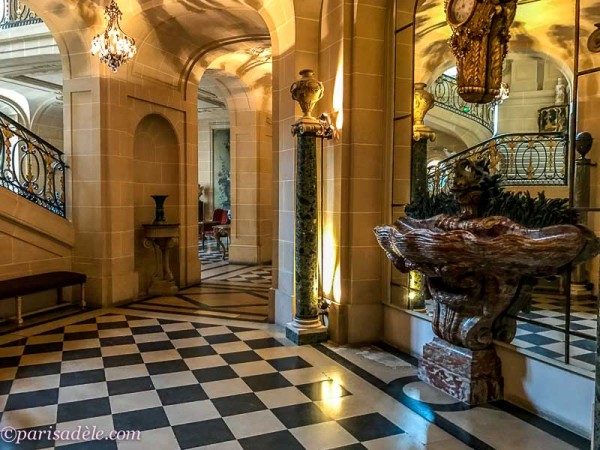


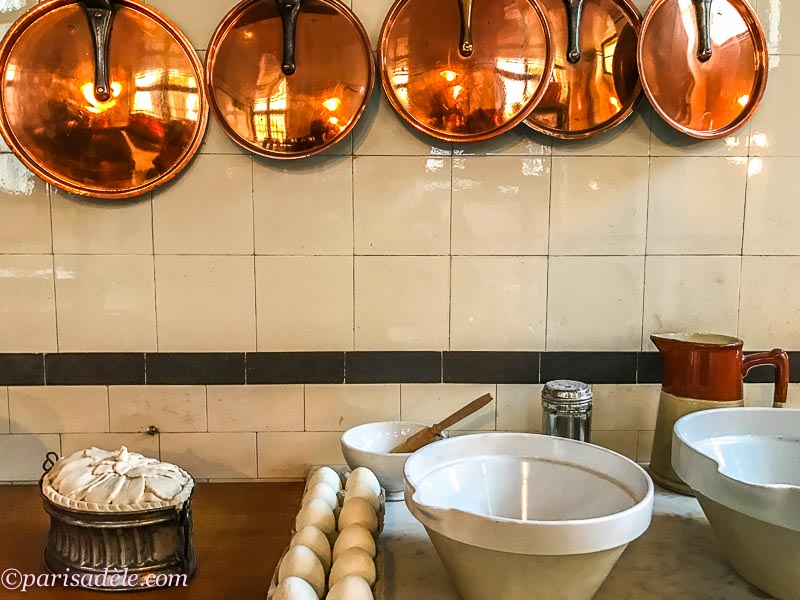












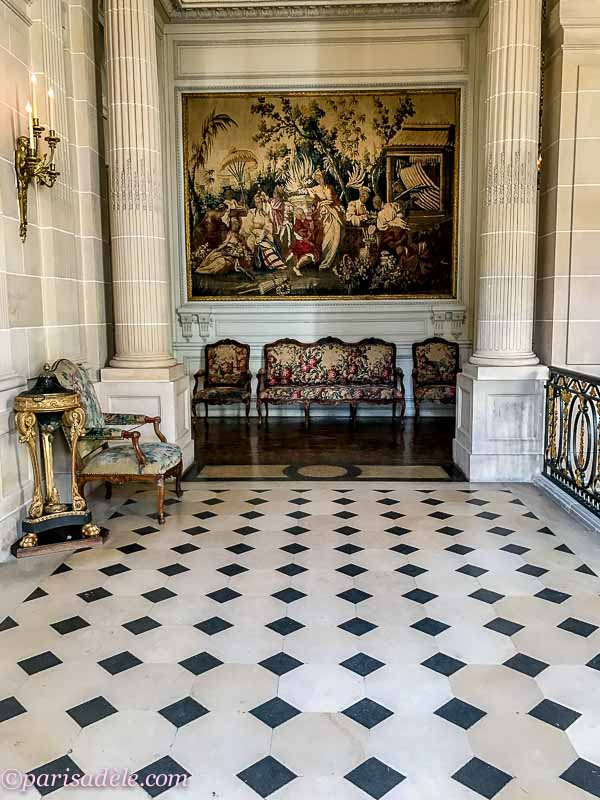











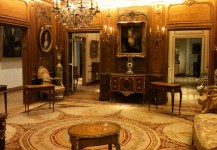

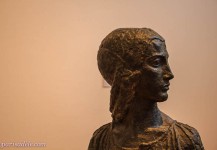




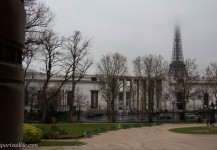

7 Responses to Musée Nissim de Camondo